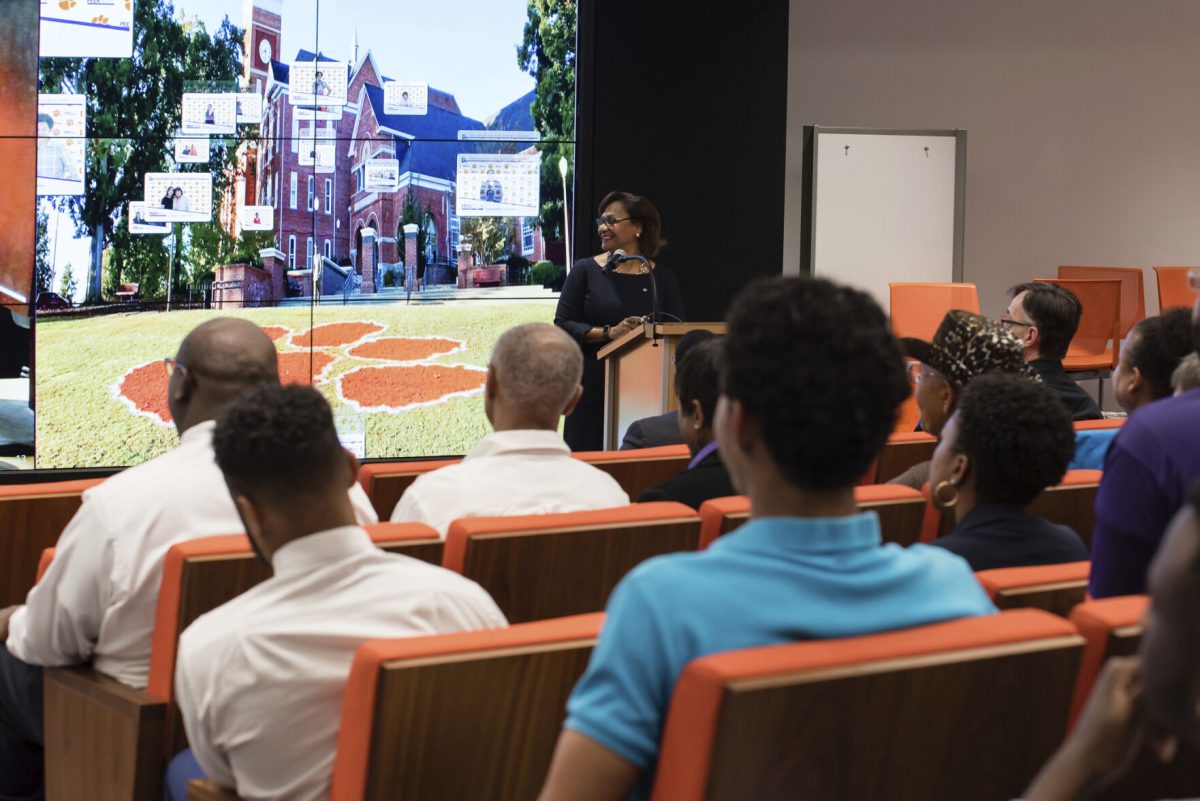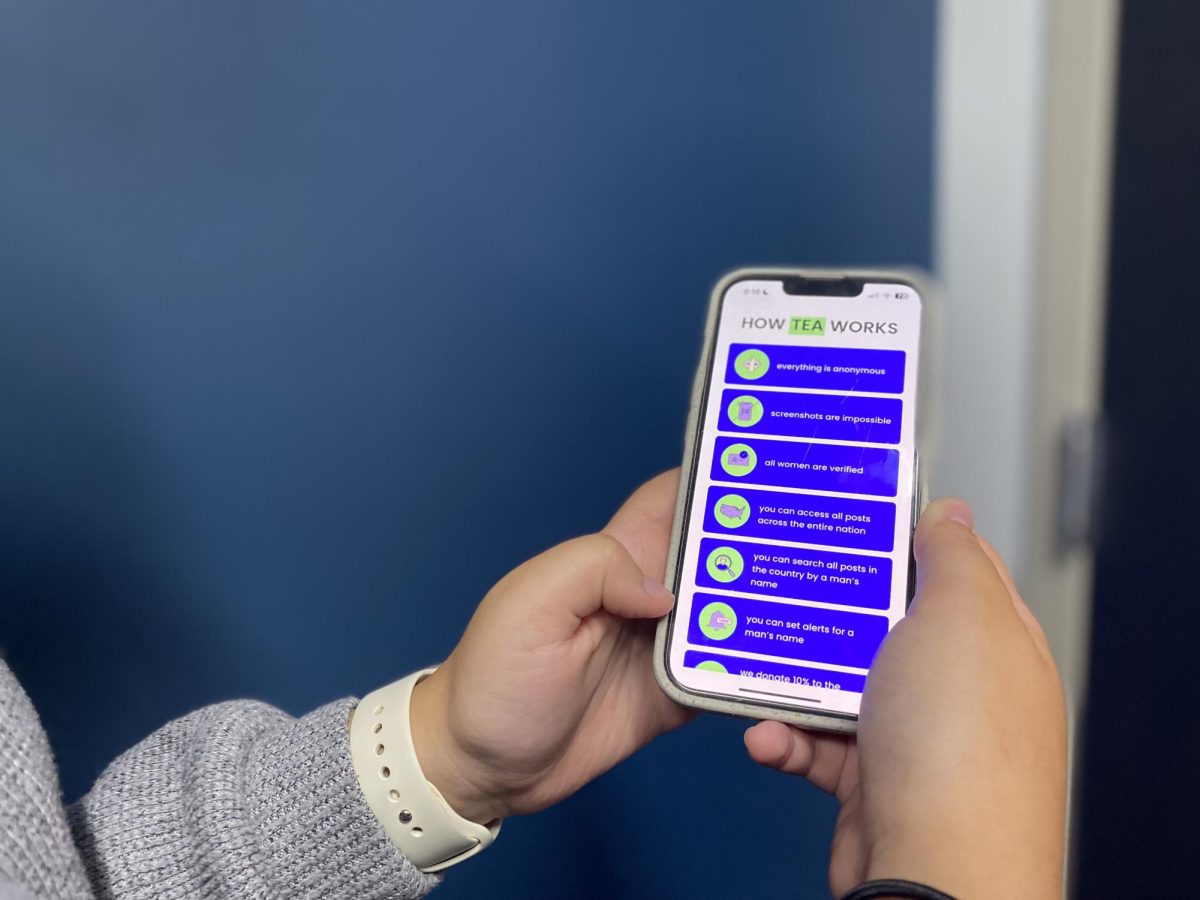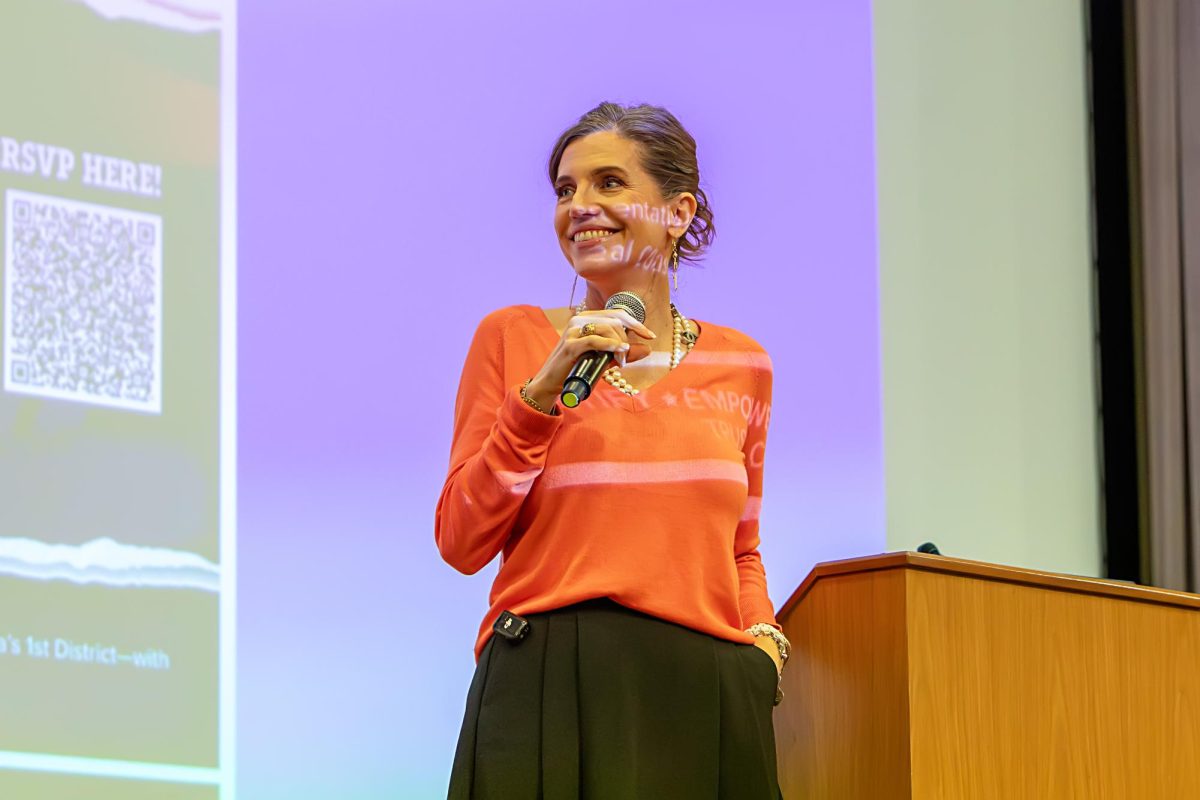What if I said that NASA plans for humans to step foot on Mars for the first time in as early as 10 years? It almost sounds like sci-fi. More than that, would it be surprising to hear that the woman at the helm of the program is a proud Clemson alumna? Vanessa Wyche, director of NASA’s Johnson Space Center, is that woman.
Before talking to The Tiger about NASA and its Artemis Program, which plans to put a woman and a person of color on the moon by 2024, Wyche talked about her experience as a Tiger and gave some advice for young women in STEM.
“Clemson is a very special place,” said Wyche, who graduated in 1985 with a bachelor’s degree in engineering and two years later with a master’s in bioengineering. “From the first day I got there to my very last – it was the people, it was the tradition, and when I go back even to visit, it feels very comfortable.”
Wyche was a member of the Society of Women Engineers and of Delta Sigma Theta, a historically black sorority. She is the first woman of color to become director at Johnson Space Center and, while her experience was overwhelmingly positive at Clemson, she did face some challenges as a minority on campus.
“When I started at Clemson, we did not have a very large minority population and so many times when I was in my classes, there would be just myself and maybe one other person of color,” said Wyche. “Sometimes it felt a little lonely, but for me, I’ve always been the kind of person that felt like it was something that I really wanted to do, then I did not let [discrimination] deter me from continuing on with my education.”
Being a female student at the time was less uncommon, though being a woman in STEM, especially engineering, was unusual. “I think in the early days, some of the professors, maybe one or two, did not want to have women in their classes, but they were not overt or made you feel like you did not know anything,” said Wyche.
However, Wyche does not feel that discrimination was a problem for her at Clemson. She managed to find excellent, supportive professors who mentored her for many years. “I had some [professors] that were just super helpful and wanted to make sure that if I had any questions, they were there for me,” said Wyche.
These connections were key for Wyche and continue to be the key for women studying STEM and in other fields. Wyche had plenty of advice for young women at Clemson.
“My advice is to reach out to the professors,” she said. “Ask them questions, ask for opportunities to do research assistant assignments. For [women] to get involved in the Society of Women Engineers… Also, to seek mentorship, to seek internships. Those are always for you to find your place – a place for you to expand and have others that are there that are trying to encourage you to move forward.”
Wyche then moved on to talk more about her position at NASA and the Artemis Program. The first goal of the Artemis Program is to put humans back on the moon, specifically a woman and person of color.
“I grew up as a kid watching Star Trek, so I got to see on TV these diverse crews going out and doing great things,” Wyche said. “In the 60’s when men went to the moon, it captured all of our attention and is something we still revel in today. Now that we have more diverse astronaut corps and people that are a part of making that happen, it shows that anybody and everybody can be a part of it.”
Humans have not set foot on the moon since 1972, but it has not been because of a lack of interest. Far from it: the Apollo program just ran out of money. Nearly 50 years later, with commercial space travel blossoming, NASA has been able to work with aerospace companies, like SpaceX and Blue Origin to make space travel cost effective.
After studying every piece of moon rock from previous expeditions, Wyche believes it is time to gather some more. “There’s other places that we did not get to go to during the Apollo programs, so now we are looking at going to the poles, where we know there is polar ice,” said Wyche. “Now we will be able to go, and when we say ‘go’ we say ‘sustainably’, and actually learn more about that, and then also to figure out resource mining.”
Mining resources are a big draw for many companies, which seek to extract the titanium and other minerals below the moon’s surface. “Together, NASA has plans for scientific discovery, but a company may have plans for economic purposes,” said Wyche. “We all can do this at the same time and together we can all learn.”
Overall, the end goal of Artemis is to figure out how to put humans on Mars. As climate change progresses, NASA is looking to the beyond for a possible new place to call home.
“NASA wants to go to Mars… we really need to understand what it’s like to live off of Earth before we go to Mars, so we are going to be doing that on the moon,” Wyche said.
While going to Mars may seem far off, Wyche is optimistic. Will humans step foot on Mars in our lifetime? “Probably more so in yours [than mine] but yes, I do think so,” she said. “We have a lot of technology that we have been studying…. As you know, we have Perseverance on Mars… so we do know how to have our technology sustain itself on Mars.
While the Artemis project is well underway, there are still some challenges ahead. “The big thing for humans to get to Mars is the scale,” said Wyche. “How do we get landers that we can safely land on the surface and be able to ascend from the surface of Mars? Those are the big technology challenges that we have to work on and figure out, but I think that’s something we can definitely figure out within the next 10 to 20 years.”
Wyche continued to go into detail about the Artemis Project and its international collaborators, including from Europe, Canada, and Japan.
“The transportation system is almost fully built, and we will be testing it out. A part of that transportation system is a spacecraft called Orion – we manage that here at the Johnson Space Center,” said Wyche. “Once we build the spacecraft, we are intending to send it to the surface of the moon….We are working with other countries that are wanting to send their own experiments as a part of this.”
Wyche’s personal dream is to put people on Mars, but for now she sets her sights a bit closer to home. If it was totally up to her, she would look into ways of adapting human life to be sustainable on the moon.
Wyche is still a passionate fan of Clemson and looks back fondly on her time at the University. “My favorite thing to do while I was at Clemson was to study in front of the library, in front of the Reflection Pond area with the squirrels, who sometimes would attack me,” said Wyche.
“I try to come at least once a year to Clemson and my last game was unfortunately at the Superdome [in New Orleans] when we lost [to Ohio State], but it’s okay,” said Wyche. “It was still a good game.”
While Wyche, already number four in NASA’s line of succession, does not have much further up she could go, barriers, including actual atmospheres, are no big deal for her. Vanessa Wyche is clearly a reminder to Tiger fans that Clemson is simply out of this world.
Vanessa Wyche speaking at Clemson University
















